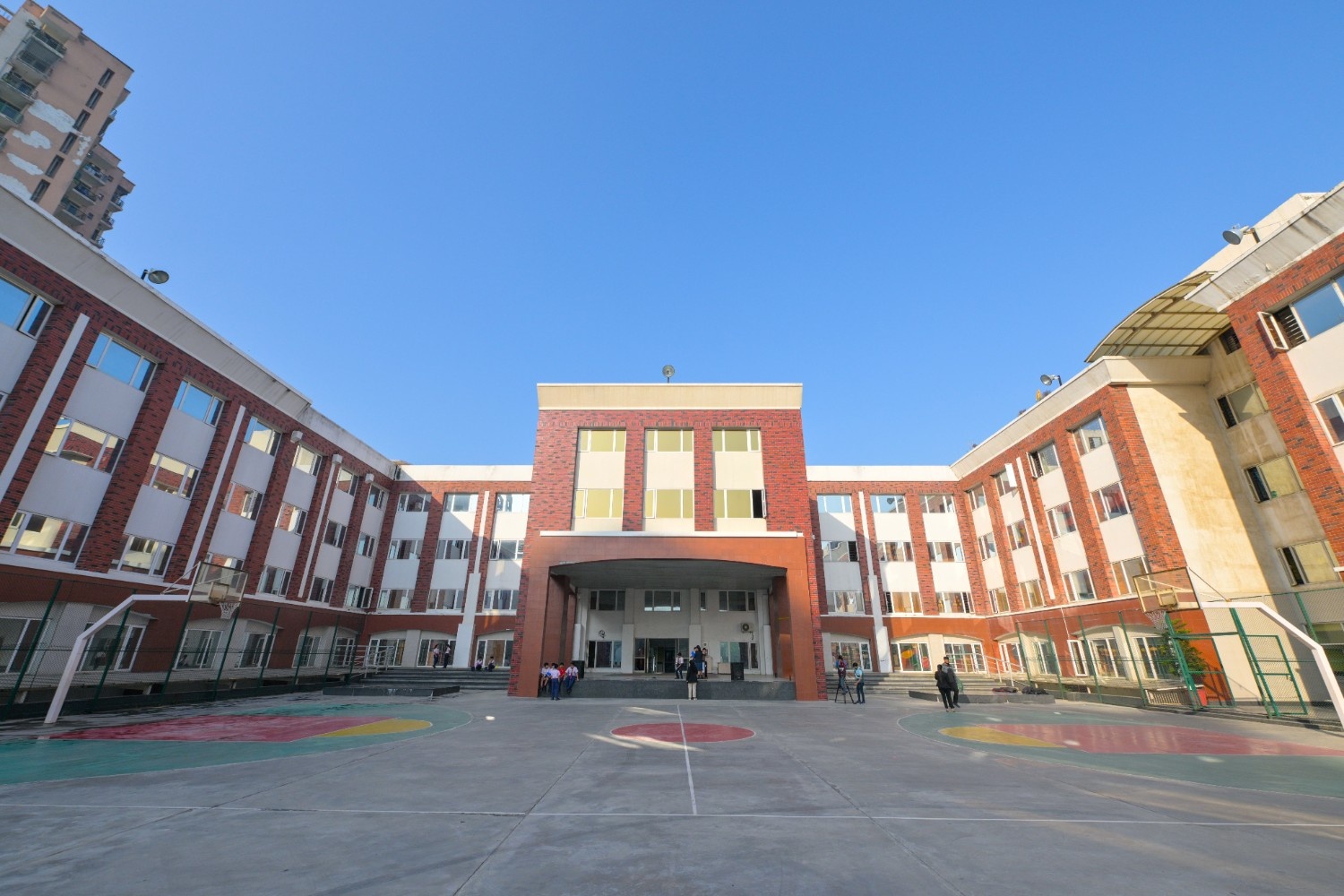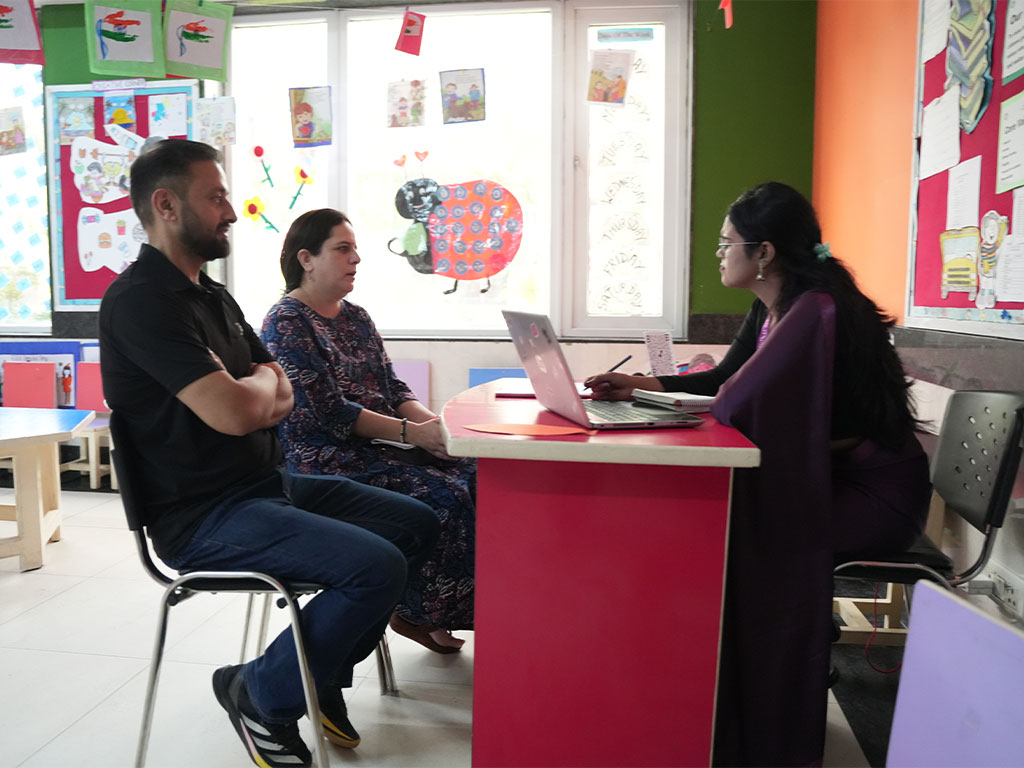Introduction:
In the ever-evolving landscape of education, the term learning ecosystem has become synonymous with academic excellence and holistic development. At Sapphire, the Top Schools in Noida where modern learners step into a future governed by digital transformation, critical thinking, global awareness, and emotional intelligence, the most forward-thinking institutions are reshaping how education is delivered. Understanding what makes a school truly exceptional goes beyond rankings and test scores—it requires a closer look at the entire educational environment: the learning ecosystem.
In this comprehensive article, we explore the essential components of a high-performing learning ecosystem and how schools that are considered the school are implementing these frameworks to create lasting educational impact.
About Us:
At Sapphire, education goes beyond academics—it’s a vibrant ecosystem where every student thrives. We believe in nurturing well-rounded individuals through a dynamic blend of technology-driven classrooms, experienced educators, and a personalized approach to learning. Our environment encourages inquiry, creativity, and emotional growth at every level. Alongside rigorous academics, students engage in dance, music, robotics, coding, sports, yoga, and visual arts, enriching their talents holistically. Its vibrant school calendar includes innovation fairs, language weeks, exhibitions, and cultural fests—celebrations that mirror our belief in joyful, experiential learning. Our ecosystem reflects a perfect balance of values, academic excellence, and co-curricular vibrancy, setting benchmarks among modern Indian schools.
1. A Student-Centered Philosophy
The core of any thriving learning ecosystem is a student-first approach. This model prioritizes each learner’s unique pace, learning style, interests, and aspirations.
Rather than expecting students to conform to a uniform pattern of instruction, student-centered schools design curriculum pathways that are adaptive and personalized. This means:
Project-based learning for real-world applications
Flexible assessments to support growth, not just performance
Differentiated instruction in classrooms to cater to individual strengths
Such schools do not simply deliver content; they nurture curiosity, initiative, and self-direction—traits essential for success in both higher education and life beyond.
2. Integration of Technology for Smart Classrooms
In today’s educational climate, digital literacy is as vital as language and numeracy. Top institutions build tech-powered classrooms that enrich instruction through:
Interactive smart boards
AI-powered learning tools
Learning Management Systems (LMS)
Hybrid learning options and digital portfolios
These digital tools allow for greater collaboration, gamified learning, and access to global resources, ensuring that students are not only digitally aware but digitally empowered.
Technology integration is not a one-time investment. It is embedded in the daily academic workflow, shaping how students explore, create, and communicate knowledge.
3. Emphasis on Life Skills and Emotional Intelligence
Being academically bright is just one part of the puzzle. The best learning ecosystems prioritize the development of emotional and social intelligence from early years onward. This includes:
Mindfulness and SEL (Social-Emotional Learning) sessions
Conflict resolution and empathy building through group tasks
Leadership programs that foster decision-making and accountability
Students are taught how to collaborate, negotiate, and express their thoughts respectfully—critical skills in any future career. Schools with high emotional quotient education frameworks ensure that their students are emotionally balanced, confident, and resilient.
4. Values-Driven Culture and Ethical Framework
What sets a great school apart is not just what students learn, but who they become in the process. Education rooted in values like integrity, respect, inclusivity, and compassion fosters young citizens who are not only successful but socially responsible.
This includes:
Daily moral reflections and assemblies
Community service projects and social impact clubs
Zero-tolerance policies for bullying and discrimination
Creating a positive school climate where every child feels seen, heard, and valued is fundamental to any institution seeking to be the school
5. World-Class Infrastructure That Inspires Learning
A school’s physical environment is a reflection of its educational philosophy. Institutions that promote excellence make sure their campuses are designed for engagement, exploration, and well-being.
Hallmarks of such environments include:
Well-ventilated, naturally lit classrooms
STEM and robotics labs for innovation
Creative zones like art studios, libraries, and media rooms
Safe and green outdoor spaces for sports and mindfulness
These spaces do not just support the curriculum—they amplify it. A thoughtfully designed infrastructure encourages students to move, express, interact, and grow without constraints.
6. Excellence in Academic Curriculum and Faculty
Any outstanding learning ecosystem must balance rigorous academics with innovative pedagogy. A future-ready curriculum goes beyond textbooks and includes:
Global best practices from CBSE, Cambridge, IB, or hybrid frameworks
Focus on cross-disciplinary learning—for example, connecting history with AI ethics or environmental science with business
Teacher development programs to upskill educators in modern methodologies
Qualified, passionate faculty remain the backbone of any leading educational institution. Regular training, workshops, and performance assessments ensure that the teaching quality stays top-notch.
7. Support Systems for Holistic Development
Top-tier schools know that every student needs tailored support, whether for academic acceleration, remedial help, or emotional challenges.
Key support elements include:
Counseling cells for mental wellness and career guidance
Special educators for inclusive learning
Peer mentoring and buddy systems to enhance belonging
With structured support channels, students are never alone in their journey. They are guided, mentored, and empowered every step of the way.
8. Parental Engagement and Transparent Communication
The most effective educational ecosystems build strong bridges between school and home. Involving parents in the learning journey not only enhances student performance but also builds a unified learning culture.
Features of successful parent engagement include:
Interactive parent-teacher meetings and open houses
Weekly academic updates and feedback loops
Parent learning sessions on digital safety, mental health, etc.
A collaborative approach creates a support system that benefits the child the most—aligning efforts at school and at home.
9. Co-Curricular & Skill-Based Learning Beyond the Classroom
Co-curricular activities are not “extras”—they’re essential. Leading institutions design skill-based and interest-driven programs that open new pathways for talent.
This includes:
Performing and visual arts programs
Sports excellence tracks with trained coaches
Entrepreneurship, coding, drama, MUNs, and Olympiads
Whether it’s debating global issues or winning national-level robotics challenges, these opportunities help shape confident, articulate, and multifaceted individuals.
10. Global Exposure and Cultural Competence
To prepare students for a global future, the best schools nurture cultural fluency and global thinking.
They do this by:
Hosting exchange programs and virtual global classrooms
Partnering with international institutions and universities
Celebrating diversity through festivals, language weeks, and art showcases
These immersive experiences help students develop a global mindset, which is critical in a world that is increasingly interconnected.
11. Safety and Well-Being First
No learning can take place unless students feel secure and cared for. Top institutions adopt strict safety protocols, health measures, and student protection policies.
A safe school ecosystem includes:
CCTV-enabled, monitored campuses
Trained medical staff and in-house wellness centers
Anti-bullying squads, helplines, and rapid grievance redressal mechanisms
With physical and emotional safety as priorities, children are free to explore, question, and grow without fear.
12. Future-Focused Learning and Career Readiness
Finally, modern schools go beyond academics to prepare students for the jobs and challenges of tomorrow.
Key strategies include:
Career counseling and psychometric assessments
Alumni mentoring and industry exposure programs
Integration of AI, coding, environmental studies, and financial literacy into curriculum
These institutions help students align passions with purpose, equipping them with the skills to succeed in diverse and evolving global landscapes.
Conclusion:
When families look for the best school in Noida, they’re not just seeking high grades—they’re seeking transformation. At Sapphire, the Best Schools in Noida where truly excellent school is a place where:
Learning is joyful, meaningful, and personalized
Teachers are mentors, innovators, and lifelong learners
Classrooms are ecosystems of collaboration, curiosity, and courage
Values and vision align to produce not just scholars, but changemakers
Such a school doesn’t just prepare children for exams—it prepares them for life.
If you’re seeking an institution that offers this kind of integrated, future-ready, and values-driven experience, choose one that embodies all the elements of a modern learning ecosystem. That is where true educational excellence lives.
Visit LInk




